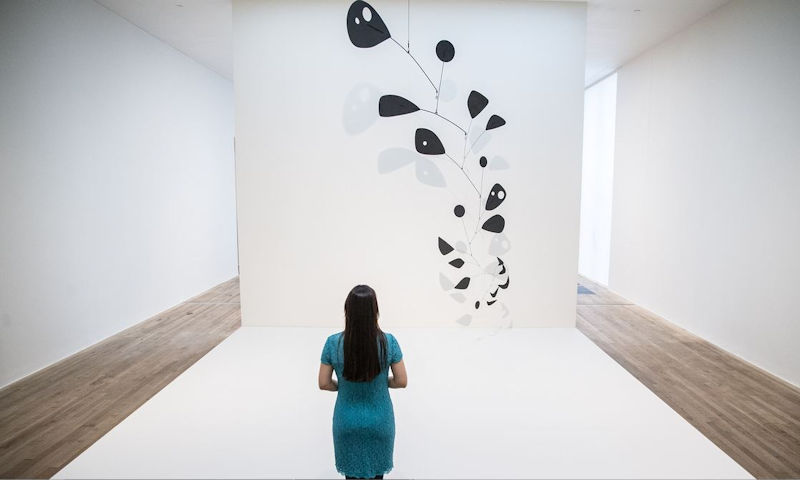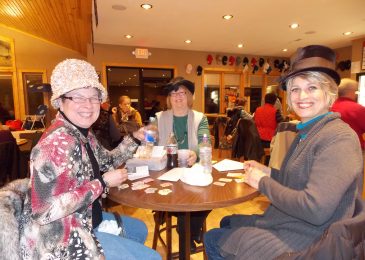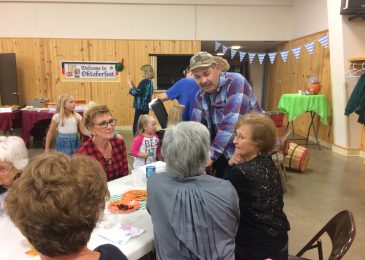Interior design, although usually limited to interior spaces in homes and commercial settings, is a field that broadens to include questions about landscape design, gardens and sculptures.

By LINDA BROOKS
Interior Designer | [email protected]
Interior design, although usually limited to interior spaces in homes and commercial settings, is a field that broadens to include questions about landscape design, gardens and sculptures.
Today I am featuring mobiles – known as 3D drawings in space. They are also called sculptures in motion or kinetic art (sculptural constructions having movable parts activated by motor, wind, or hand pressure). The look of the piece changes as it is revolves, creating a new arrangement of planes and solids in three-dimensional movement.
The most well known American mobile sculptor is Alexander Calder, (1898-1976). His parents, Nanette (a painter) and Alexander (a sculptor), were both accomplished artists. He first studied mechanical engineering but gravitated to the study of art and kinetics (movement of objects in space). His mobile sculptures are displayed all over the world – his favorite colors were red, blue, and yellow with touches of black and white. His mobiles may bring out a childlike joy in the viewers.
Alexander Calder created hanging mobiles but also “stabiles” – they are anchored to the earth but imply movement. On my walks in Minneapolis I came upon a number of earth fixed mobiles swaying gently in the breeze. Depending on where I stood as I viewed the sculptures, I saw so many different views of the same pieces of art.
I guess you could say I have been captivated by mobiles, standing mesmerized as I watched them move and sway and turn in endless patterns.
My first look at mobiles came in 9th grade – our Art teacher told us all about them and then assigned us the task of making a working mobile. What a daunting task – it had to move, it had be carefully balanced and be light enough so that indoor air currents could do their part. I searched and found a pattern for one that was made of construction paper, copper wire, glue and thread. Dad supplied the copper wire from a motor he had deconstructed. I remember that it took a long time to make and I was finally able, after much experimentation, to get it to work correctly.
In college, my education about the world of mobiles developed further– learning about very small ones and huge sculptural pieces. My sister, Angela began making mobiles with copper, gold and silver wire our Dad brought home to her. One of her mobiles, “Silent Sound” features musical instruments. Another featured 25 mini copper tricycles (this was part of her Senior Project).
One of the topics I looked at featured mobiles in Minneapolis, MN – there are so many gracing the numerous walking paths and parks in the cities. If you visit there you can view many mobiles first hand. Because so many of them are located out of doors one can enjoy them even if you cannot get to a museum. The Sculpture Gardens in Minneapolis encompass 11 acres that are filled with sculptures of all sorts –these gardens are located near the Walker Art Center.
I hope you have enjoyed the look at the mesmerizing world of mobiles.
Linda Brooks, owner of Design Consulting, has an Interior Design Degree from NDSU. She lives in Bowman. She can be contacted at [email protected]. View her blog on The Pioneer’s website.






